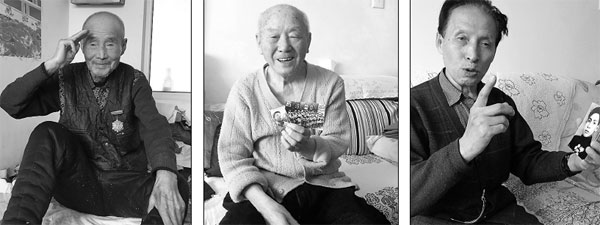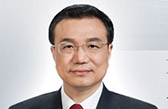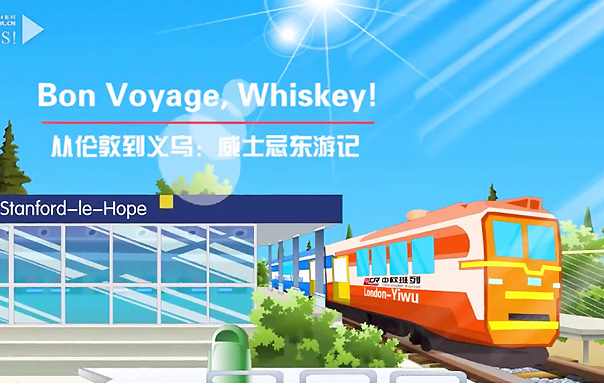China's forgotten army
By He Na, Liu Mingtai and Han Junhong (China Daily) Updated: 2015-05-27 07:32Recording history
|
From left to right) Liu Guowen, 89, Pan Fushun, 91, and Shen Delong, 92, are some of the surviving veterans of the Northeast Anti-Japanese United Army. The three old soldiers have provided historians with a huge amount of information, but many of their former comrades are in poor health and require 24-hour care. He Na / China Daily |
At the end of March, the 66-year-old set up a project to record the veterans' stories, hoping to glean more information about NAJUA.
He was overjoyed when the Jilin Civil Affairs Department released the names of 271 veterans, but his mood darkened as more details came to light.
Between March and the end of April, 27 of the veterans died, and of the others more than half were in very poor health, paralyzed and unable to speak. A further 10 percent had moved to unknown locations.
"It's very worrying that so few of them have comparatively clear minds and can recall details accurately. It's a race against time because the youngest is 87 and the oldest is 98," Cao said.
More than 30 volunteers traveled far and wide to visit veterans and record their stories. So far, the stories of 50 veterans have been detailed.
"I'm really grateful to the volunteers, because they did the work in their own time and paid the expenses out of their own pockets," Cao said.
According to Wen Ye, historian and former curator of the NAJUA Museum in Harbin, capital of Heilongjiang province, the Japanese regarded the guerrillas as a cancer that greatly undermined their administration and derailed their military plans: "The important role NAJUA played in China's war against fascism made Manchukuo, the Japanese base, very unstable."
Wen said NAJUA's history can be divided into three phases: the Northeast anti-Japanese guerrillas: the Northeastern People's Revolutionary Army; and NAJUA.
Records at the Museum of Japanese Aggression in Changchun show that in 1934 all Communist Party units in the region were reorganized into a single force - the Northeast Anti-Japanese United Army, under the leadership of Zhao Shangzhi, an energetic graduate of the Whampoa Military Academy.





